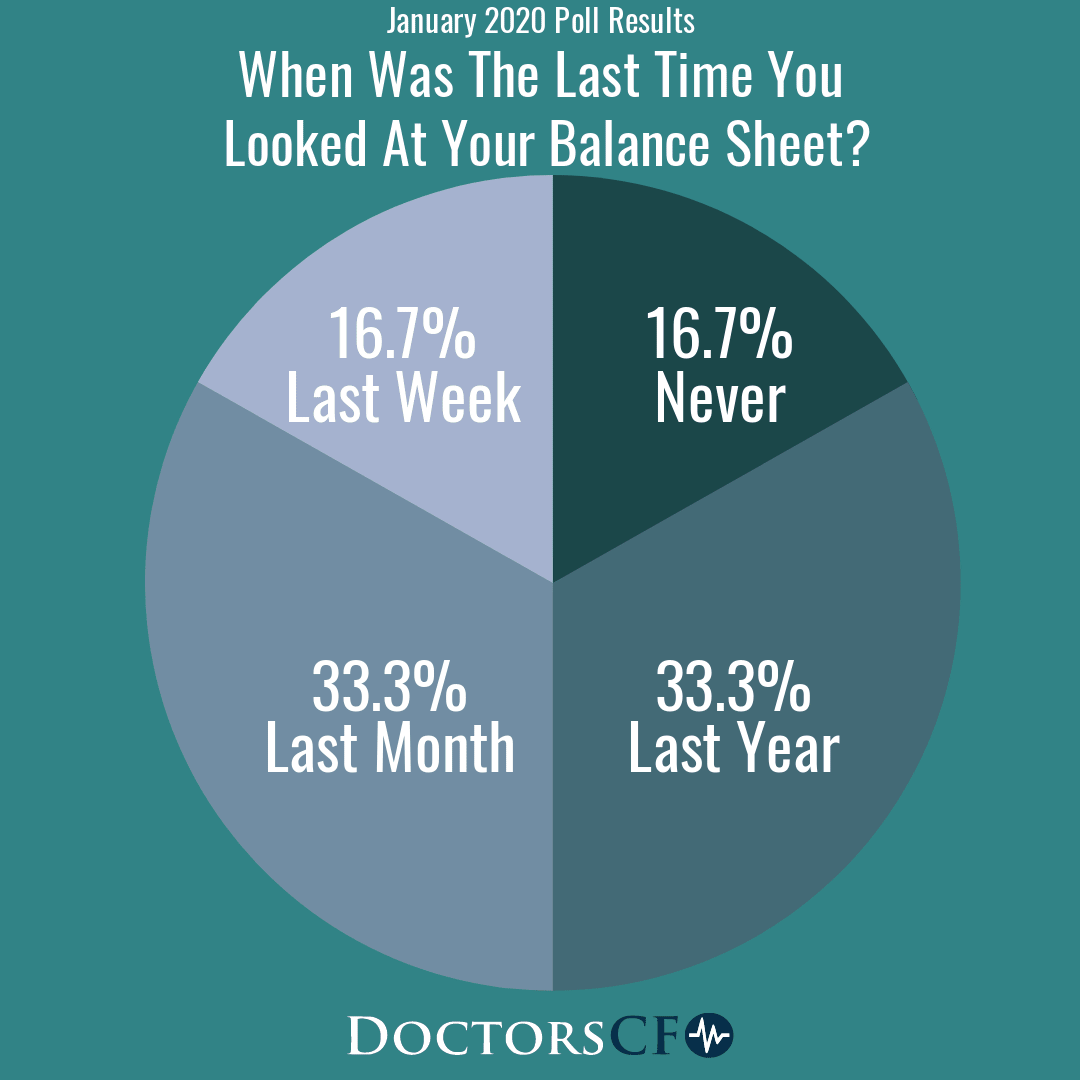Often times, practice owners have elaborate five-year or ten-year plans that they have methodically designed at the birth of their practice. Subjects like practice growth, specialization in the field, and investments.
Consider this question. Is it possible for one person to summon all the knowledge necessary to make an idea complete and mature?
It is better to bring ‘seeds’ or small ‘plants’ to a meeting between minds rather than bring a ‘tree with fruit on it’. Pieces of a bigger idea will provide for better conversation and provoke more ideas from others that will be better than the ‘whole’ idea you had thought of in the first place.
Many years ago, while working for a software development company, I found myself bringing complete ideas to the management team. The CEO was from Italy and the COO from France. Both were highly skilled, but I found it hard to collaborate with them at the level that I wanted. In particular, I found the French COO difficult because he loved to argue everything. Fortunately, a coworker shared that they had training about working with the French and he said they like to argue because it makes the conversation more interesting. A little while later I called with an idea and the French COO starting arguing about it and I said, “Are you done arguing yet?” He replied, “Well it makes the conversation more interesting.”, as if right on queue. After that, we started collaborating at a high level. I initially brought what I thought were complete ideas and after our discussion, the ideas transformed into something more than I was capable of doing on my own. It didn’t take long for me to only bring partial ideas because I knew that by collaborating with the right person the idea would transform and turn to a place I would have never thought of. This is called synergy where the input of one plus another one is greater than two. We are calling that number five for impact reasons and thus the 1+1=5 in the title of this article.
In my next job, the boss wanted me to bring more complete ideas. I think that is an American way of thinking and my experience said it did not yield the same results as real collaboration. Simply, you don’t know what you don’t know. Ideas from one person piggyback and develop into new ones if you allow them. I shared my experience with my last employer and the French COO with my new boss. I don’t think he agreed but in this case, I knew I was correct. I don’t want to sound overly boastful, but I am a very creative and innovative person and the results from collaborating with the French COO were so amazing that I knew this surpassed what I was capable of.
As a practice owner, it is important that you are able to pivot and adapt to unforeseen events. One of your best employees may leave you, you may get sick or injured, a patient may try to claim malpractice on you. Your patients may demand warranties on outcomes. There will be so many changes with how insurance is delivered, the ever-increasing deductible, new medical innovations, new technologies, etc, that you cannot plan for. All of these examples would alter your five-year or ten-year plan. Healthcare coverage, in general, is always changing. You need to be able to be flexible to survive. So there are two techniques that you should incorporate to deal with this.
Technique one is the easiest. Generally, there are two or three obvious things that need to be done, so do them! Complete a few easy improvements every month and the practice will magically transform. A new sign here, new paint, reorganization of staff etc. Ideas that come to you and you say you seem to never have time to do them. If those ideas persist, you don’t have time to not do them. Do them and you will see important improvements over time!
Technique two includes having people on or off staff to help you develop new products, services, and ideas. You should keep the group small say no more than five and perhaps less. These people need to have the business savvy and direct experience in what you are trying to change. You can start with an idea and have an open brainstorm session to see what comes of it. That brainstorm session may result in nothing and that is okay. What is does do is prepare and seed your subconscious for deep creativity. The idea will not come while you are working. It will come when you running, walking the dog, mowing the lawn, riding a bike, gardening, taking a shower, or any other activity that frees up your mind to think. When the idea comes, write it down, send yourself an email or leave yourself a voice mail. Then bring that idea back to the group for an examination. During examination allow the group to criticize your idea intensely, allow it to morph and change into the idea that it was meant to be. Then set a plan to implement that idea knowing that as you get more information from patients it will morph even more and that is what should happen.
Here are the bullet points on the two techniques.
Technique 1: Do it yourself
- Pick 2-3 small things every month to accomplish. You could purchase new equipment or execute a marketing idea. Make small changes that will benefit the practice.
- Small goals will fit under the larger and ultimate plan of having a successful practice.
Technique 2: Collaboration
- Generally, better results come from this technique as long as you consult with others who are well-versed in your specialty.
- Be flexible and open-minded when it comes to brainstorming.
To participate in this week’s poll, please subscribe to our mailing list and follow us on Instagram to see the poll results “When Was The Last Time You Had a True Brainstorming Session?”

Prior Article Poll Results
Our last poll asked “When Was The Last Time You Looked At Your Balance Sheet?”. Based on the responses we received, 16.7% said Last Week”, 33.3% said “Last Month” and 33.3% said “Last Year” and the remaining 16.7% said “Never”.

The reason we are publishing these articles is so that your office can increase its success. We appreciate your feedback on how we can help you more and love it when you pass these articles along to other practice owners and office managers.
Developing a management report is not easy and Doctors CFO currently has a robust model for most practice types that is customized for our monthly and bi-monthly clients. If you have questions on how this model applies to your practice or you are interested in applying the Doctors CFO model in your practice, via one of our annual, bi-monthly or monthly assessments, please contact us.
(c) 2019 Doctors CFO, All Rights Reserved.



Recent Comments